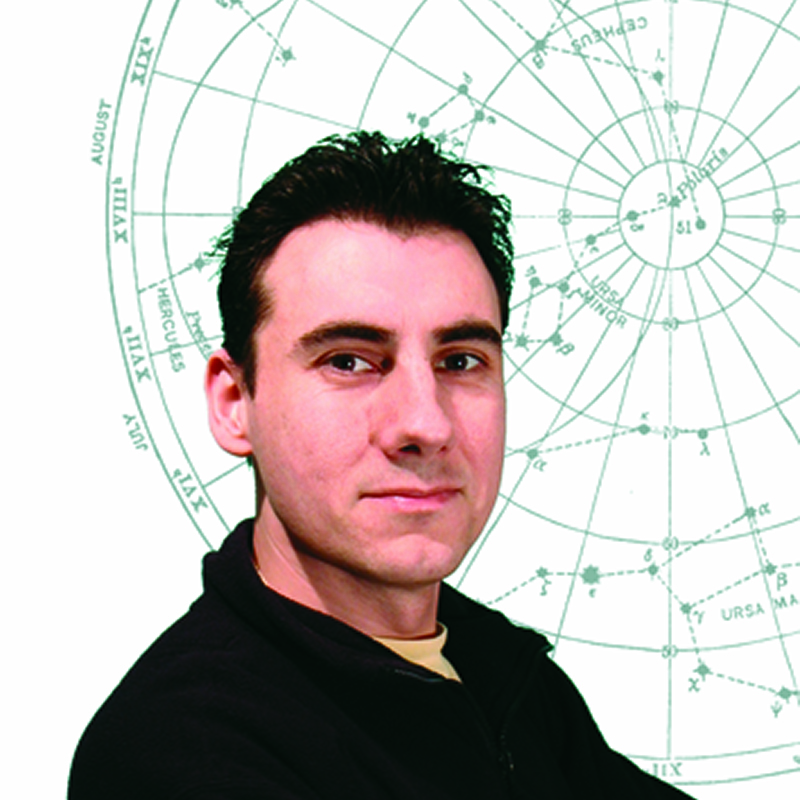For budding and seasoned stargazers in the northern hemisphere, the Messier Catalogue is the most famous observing list of astronomical deep-sky objects. Within the 110-strong catalogue are examples of every known deep-sky object – a good assortment of galaxies, open and globular clusters, nebulae, and one supernova remnant.
This is the famous Crab Nebula in Taurus, which is also the object that starts the catalogue. It bears the designation Messier 1, or more usually just M1.
The Messier Catalogue has become so ingrained into astronomical lore that objects are commonly described by their Messier number. So ‘M42’ is often used in place of, or in addition to, the actual name of this object, which is the Orion Nebula.
More stargazing guides:
The irony of this useful catalogue is that it was never intended to be a list of objects for observers to hunt down with their telescopes: rather it was a list of objects to avoid.
This is because Charles Messier, the French astronomer who created the catalogue, was a comet hunter, and many comets appear as faint fuzzy blobs in the sky – just as deep-sky objects do.
So he assembled these deep-sky objects into a list of ‘red herrings’, in order to make sure they could be discounted when his cometary searches were underway.
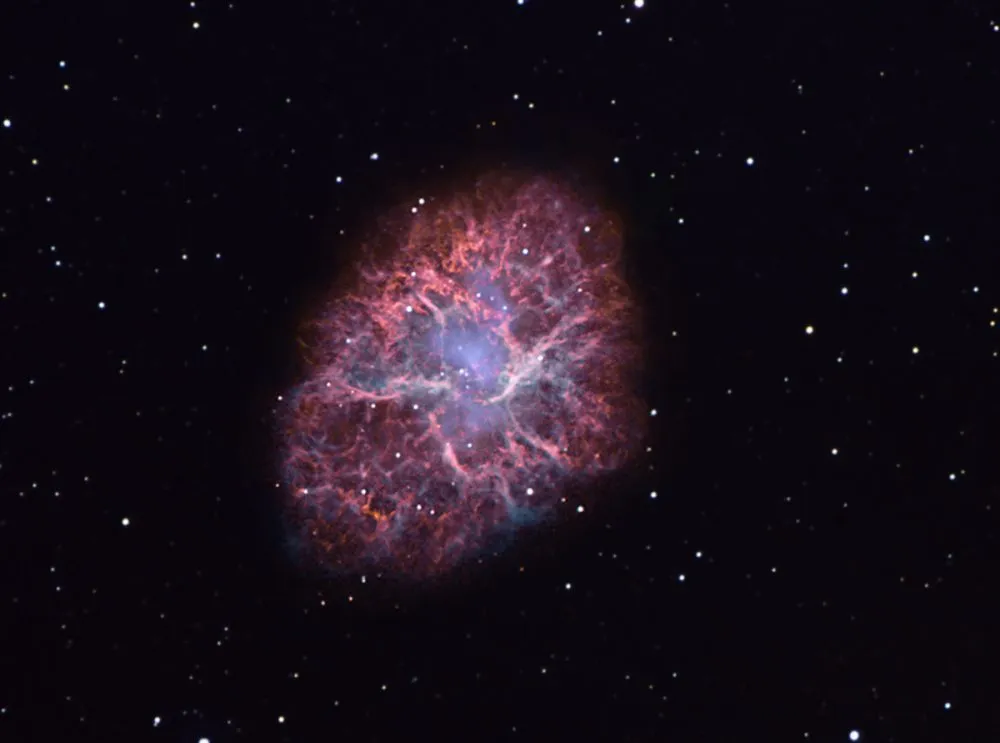
The evolution of the Messier Catalogue
The Messier Catalogue first arrived on the scene in 1771 with the list just 45 objects long. Ten years later it had been expanded to 103, with some of the later observations being undertaken by Messier’s assistant Pierre Méchain, and the catalogue stayed at this number for over a hundred years.
In the 20th century, astronomers and historians added seven more objects to the list. These were not just arbitrary objects, but ones that Messier and Méchain made observing notes about shortly after the final version of the catalogue was published.
So it was only in 1960 when M110, a faint dwarf elliptical galaxy in the constellation of Andromeda, made its way into the catalogue as the final officially recognised object.
- View the complete Messier Catalogue
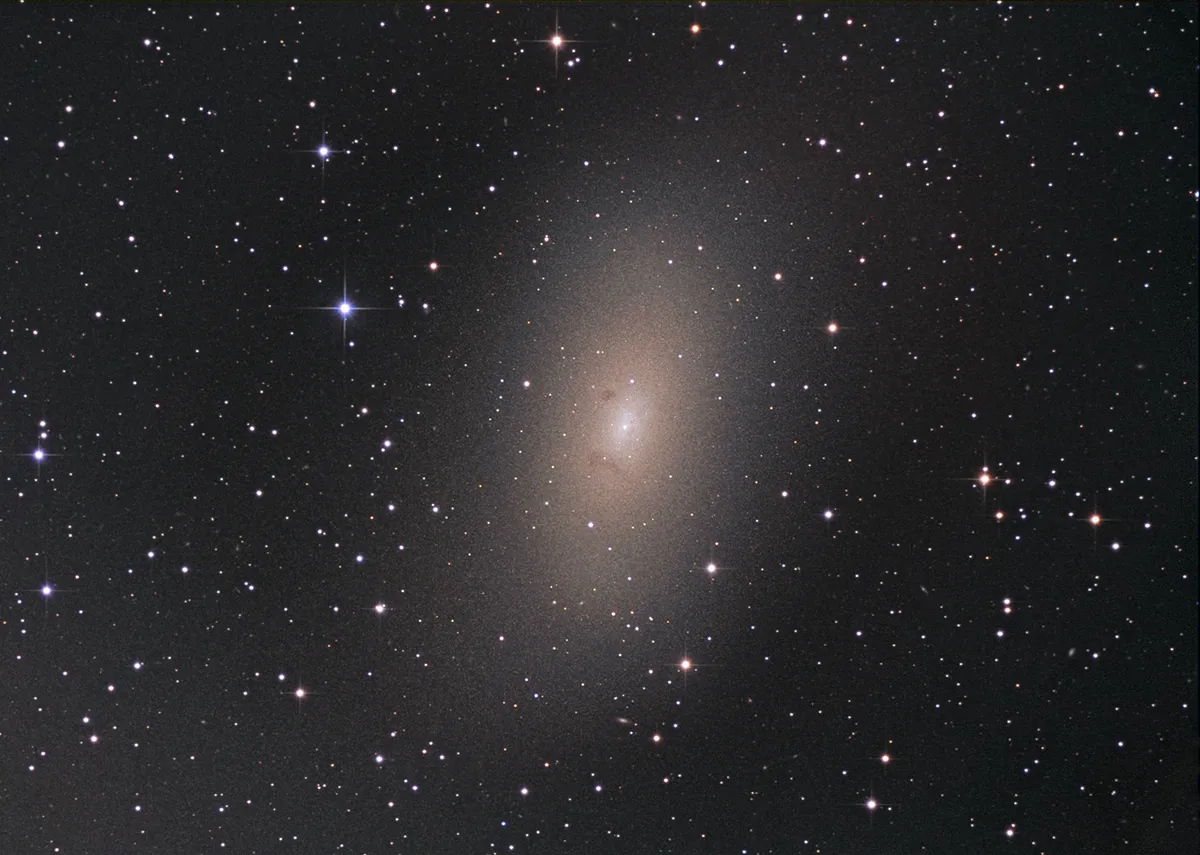
Why is the Messier catalogue so famous?
There are several reasons why Charles Messier’s ‘list of objects to avoid when looking for comets’ has become so readily accepted as targets to seek out with a telescope.
One is that it isn’t too long: 110 objects makes it a nice, manageable number. So manageable, in fact, that some amateurs like to undertake Messier Marathons, when they endeavour to observe all 110 objects in one night.
Another reason is that in his comet searches, Messier used a variety of different sized scopes including a 3.5-inch refractor, meaning that the objects in his catalogue don’t need massively powerful instruments to be seen; they’re within reach of small telescopes.
And finally, it is a pretty comprehensive list, encompassing almost all of the wondrous sights that novice stargazers would wish to see, including many bright objects.
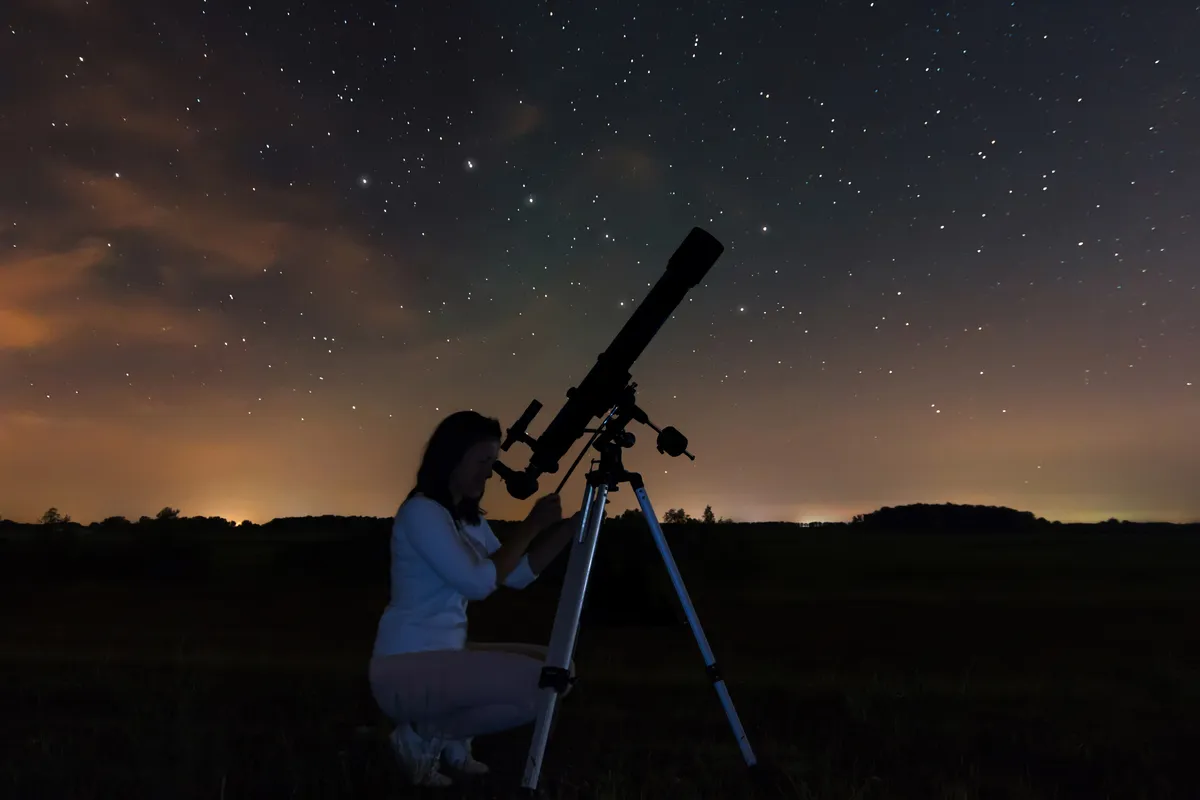
Of course, the Messier catalogue is not the only list – there are more than 110 objects out there in space after all.
The New General Catalogue (NGC), for example, lists nearly 8,000 objects, followed by an extension known as the Index Catalogue (IC) that adds more than 5,000 on top. You’ll also find many objects in multiple catalogues: M42, the Orion Nebula is also catalogued as NGC 1976.
There is one other list that’s worth a mention: Patrick Moore’s own compilation, the Caldwell Catalogue. This is, in effect, an extension to the Messier Catalogue.
It includes many more bright, deep-sky objects that are perfect for you to train your telescope on from your back garden.
Below is our pick of some of the best Messier objects to spot in the night sky, either with the naked eye or with a small telescope. Try and spot these from a really dark site, and give your eyes a good 40 minutes to adjust to the darkness before attempting to see them.
If you need help finding them, download an astronomy app to your smartphone or tablet, remembering to switch it to red-light mode to preserve your night vision.
4 naked-eye Messier objects
1
M42
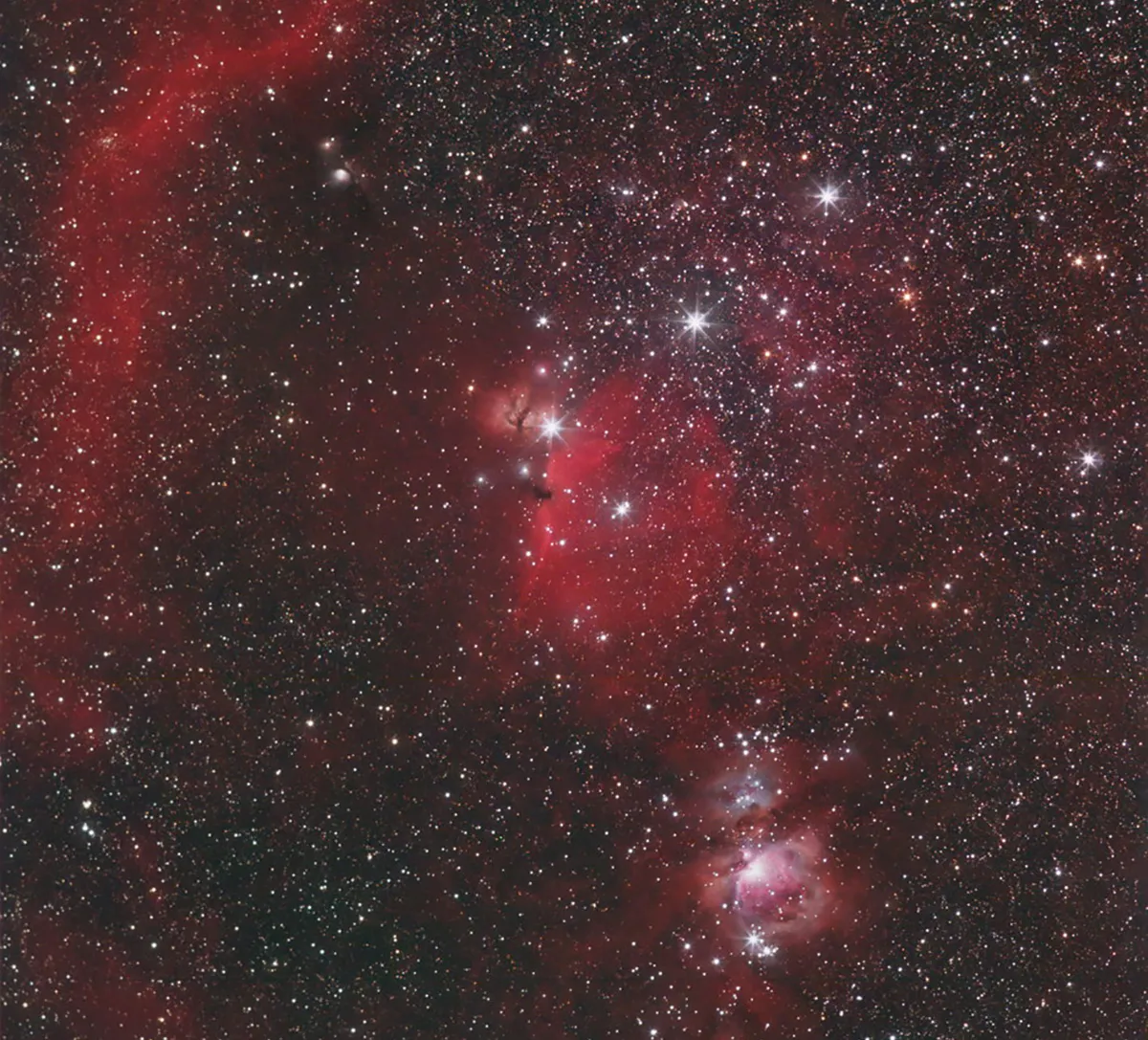
The Orion Nebula is a vast cloud of dust and gas – what’s known as an emission nebula. It’s easy to spot with just your eyes as a misty patch below the three belt stars in the constellation of Orion, the Hunter.
2
M45
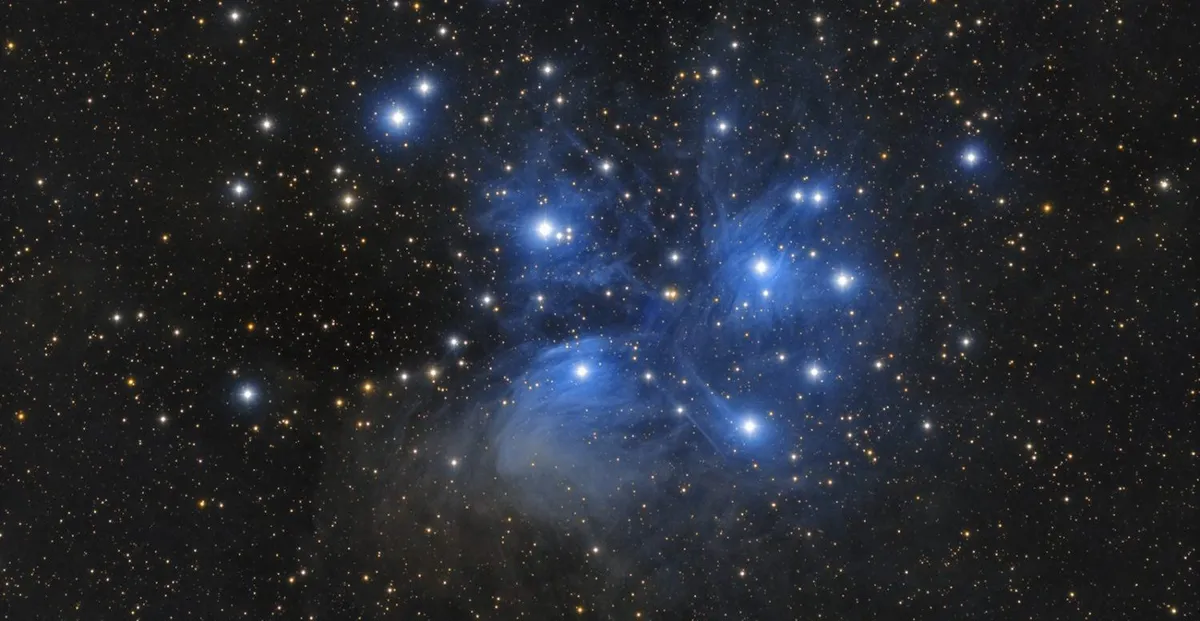
The Pleiades or Seven Sisters is an open star cluster in Taurus, the Bull. Depending on how good your eyesight is and how dark the sky is from your location, you’ll be able to see between six and 12 stars.
3
M13
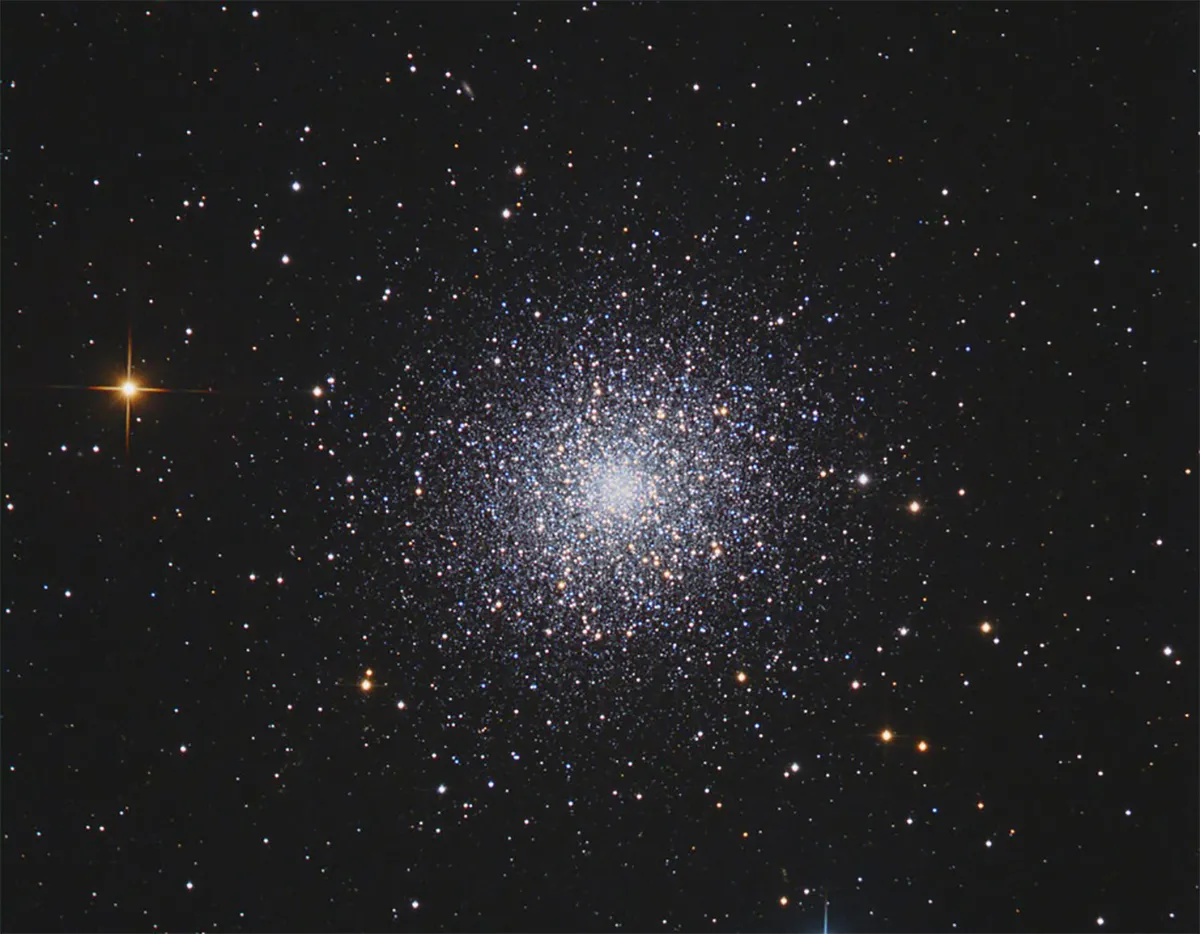
The hundreds of thousands of stars that make up the Great Globular Cluster in Hercules are just visible to the eye from dark locations. It’s one-third of the way south on the line between the stars Eta Herculis and Zeta Herculis.
4
M31
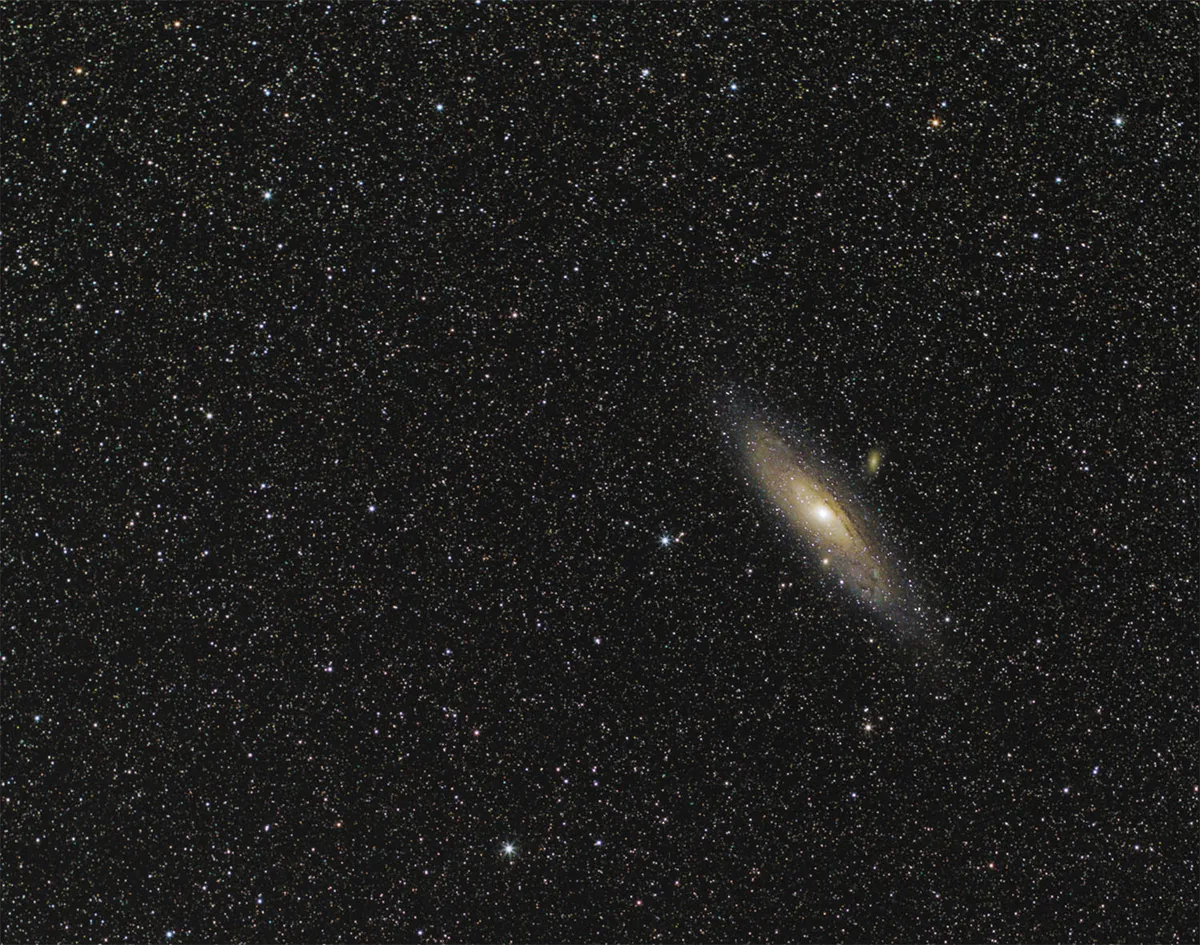
The Great Andromeda Galaxy is without doubt the most distant object that is visible to the eye, being around 2.8 million lightyears away. You can see the Andromeda Galaxy in the Andromeda constellation as a faint smudge on a moonless night.
4 small-telescope Messier objects
5
M81
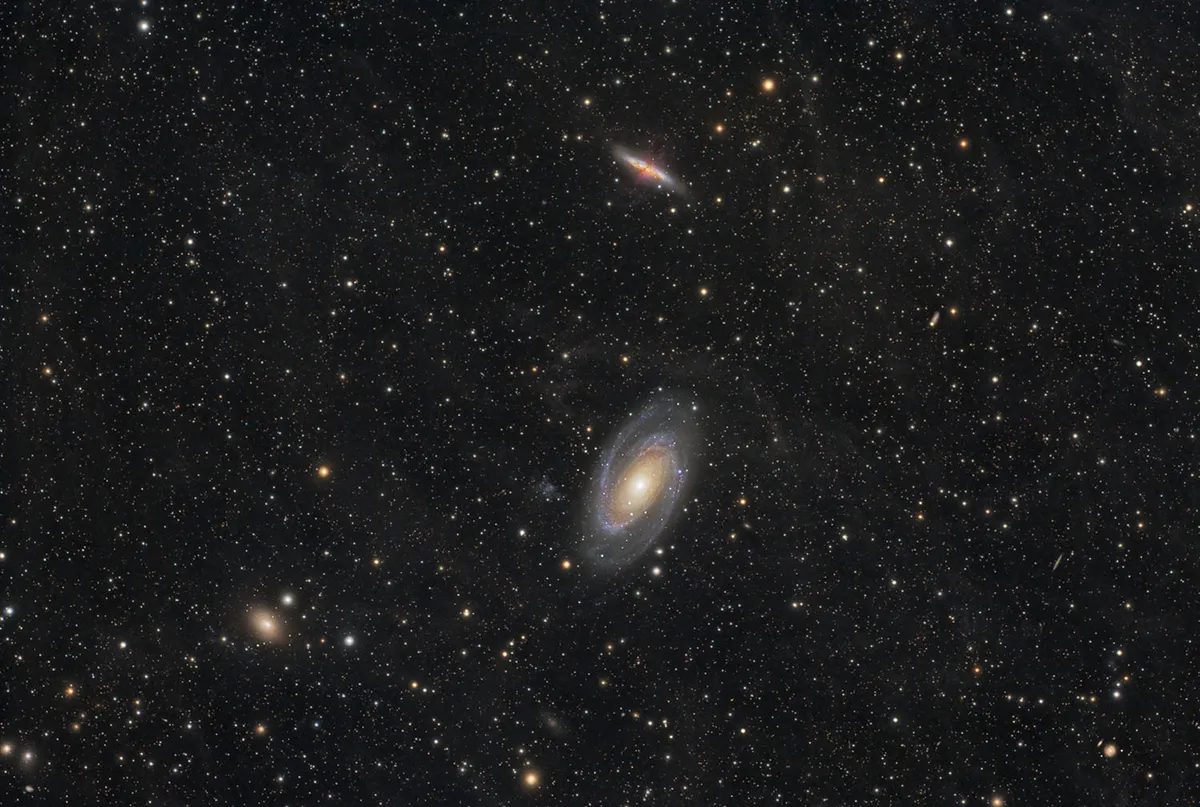
Looking at Bode’s Galaxy in the constellation of Ursa Major with a 3- to 4-inch scope, you can see that it is the brighter of two fuzzy patches close to each other in the night sky. The second patch is another galaxy, the fainter M82.
6
M51
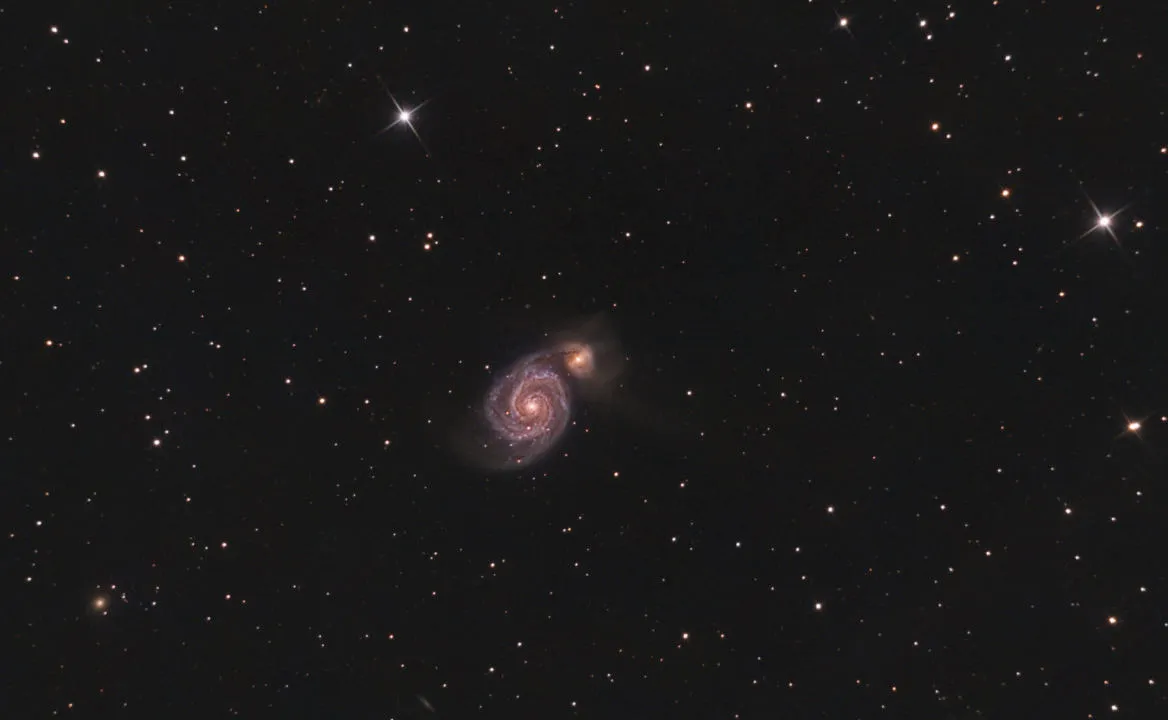
The Whirlpool Galaxy in the constellation of Canes Venatici is a face-on spiral galaxy. Small telescopes reveal the basic shape and the smaller companion with which it is interacting. Larger instruments reveal more structure.
7
M3
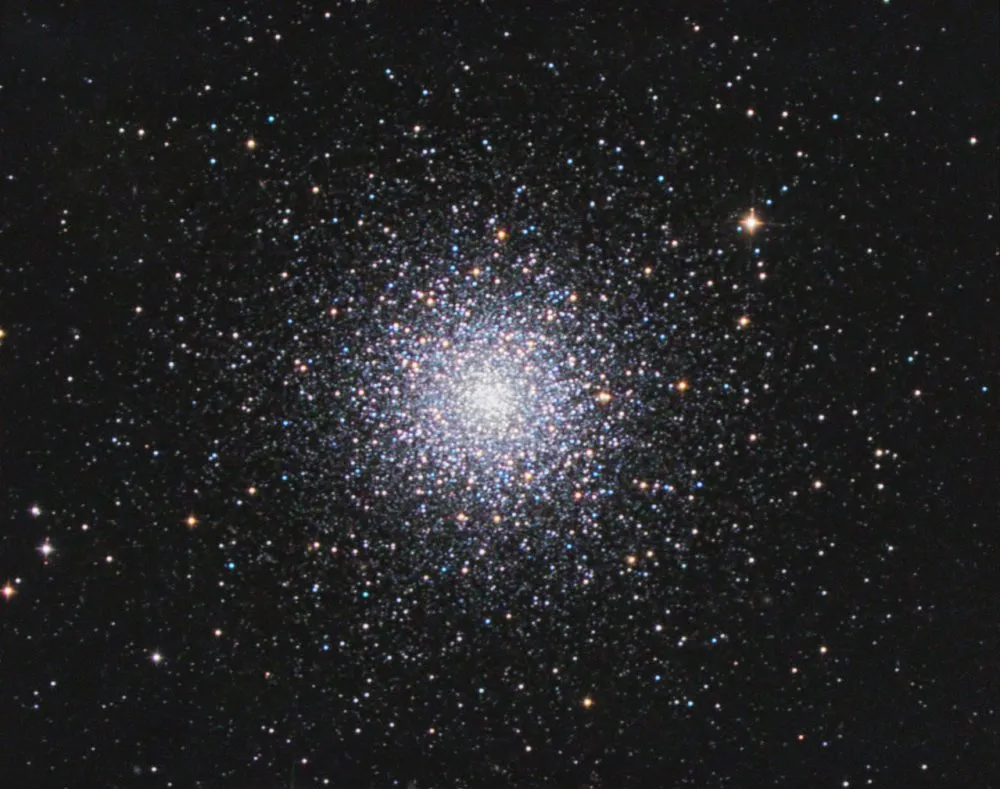
Also in Canes Venatici is this globular cluster that’s an easy target for a small telescope. It’s one of the largest and brightest globulars in the sky, which will reveal great detail and a compact core through a scope.
8
M57
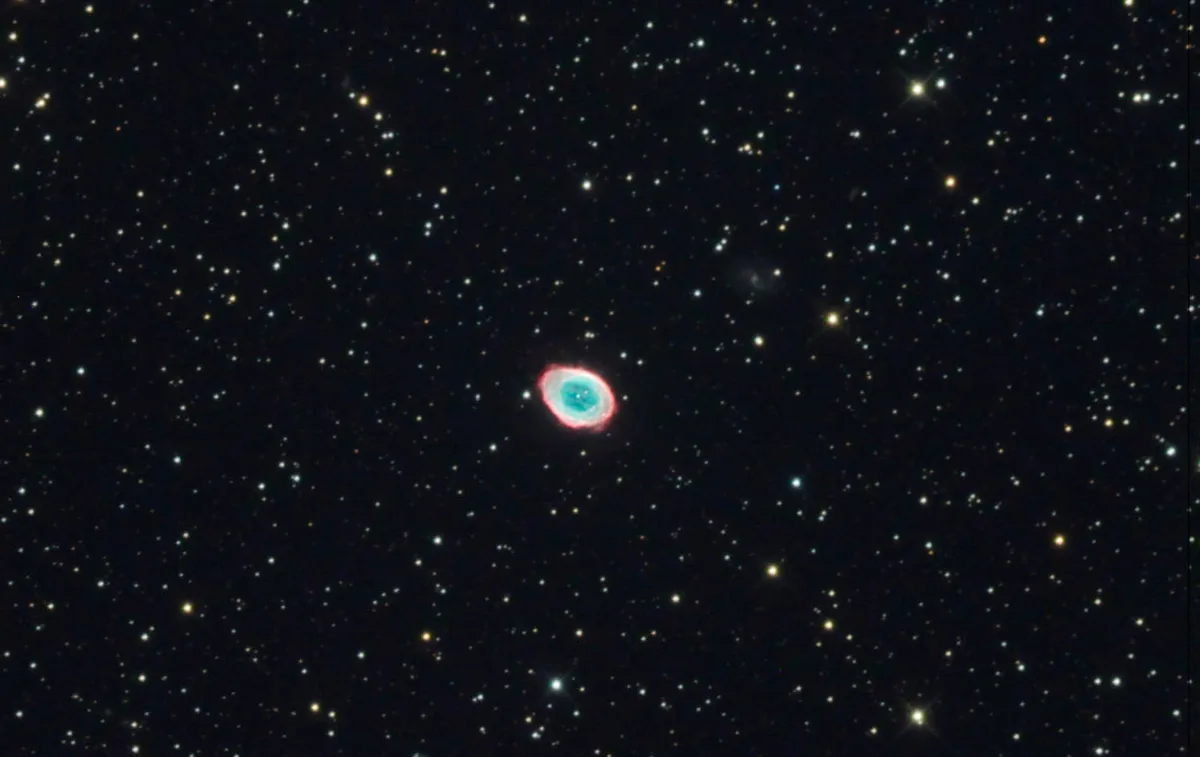
The Ring Nebula in the constellation of Lyra is a shapely planetary nebula, and one of the easiest of its kind to observe. With a 3- to 4-inch scope it is easily seen as a misty but quite defined oval patch.
What are your favourite Messier objects to spot in the night sky? Let us know via email, Facebook, Twitter or Instagram.
This article originally appeared in the March 2010 issue of BBC Sky at Night Magazine.
